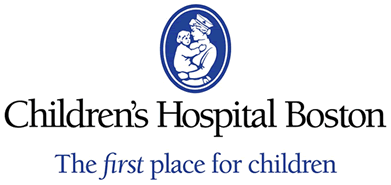Activity and Participation in Ambulatory Cerebral Palsy
| Status: | Archived |
|---|---|
| Conditions: | Neurology |
| Therapuetic Areas: | Neurology |
| Healthy: | No |
| Age Range: | Any |
| Updated: | 7/1/2011 |
| Start Date: | August 2009 |
| End Date: | December 2012 |
Cross-sectional Descriptive Study to Quantify to What Extent Activity Capacity, Performance and Body Composition Predict Day to Day Life Participation in Ambulatory Children With CP.
The investigators would like to understand how the physical activity levels and body size of
a child with cerebral palsy (CP) in a clinical situations versus out in the community
relates to what they want to do in day to day life (participation in life). The
investigators believe that what a child really does out in day to day life will predict
life participation to a greater degree than what they do in a structured clinical situation
(i.e. therapy session with therapist). The investigators think that increased body size
with normal growth is related to less physical activity and participation in day to day life
for children with cerebral palsy (CP) who can walk. This project will use a novel
accelerometer to measure walking activity during day to day life.
We want to know how the physical activity of children with walking problems or cerebral
palsy (CP) relates to what they do in their day to day lives.
We are looking for children who:
- Have walking problems that started before age 2
- Have any type of cerebral palsy (CP) or primary problem that is a developmental
movement disorder
- May have hemiplegia, diplegia, walking quadriplegia, May have ataxia, spastic, mixed
tone, athetoid, or dyskinetic
- Ages 2 years to less than 10 years
- Able to do some functional walking with or without help(walkers, gait trainers)
- Project requires a one time visit to Seattle Children's Hospital of about 2 hours.
- Children and/or parents will complete surveys.
- The child will be tested for their gross motor and walking skills like at a physical
therapy session.
- The child will be given an ankle monitor to wear for 7-10 days.
- They will return the monitor by mail with a questionnaire about what they did the last
week.
- Families will receive a print out of their child's walking activity
We found this trial at
1
site
Children's Hospital - Boston Boston Children's Hospital is a 395-bed comprehensive center for pediatric health...
Click here to add this to my saved trials
